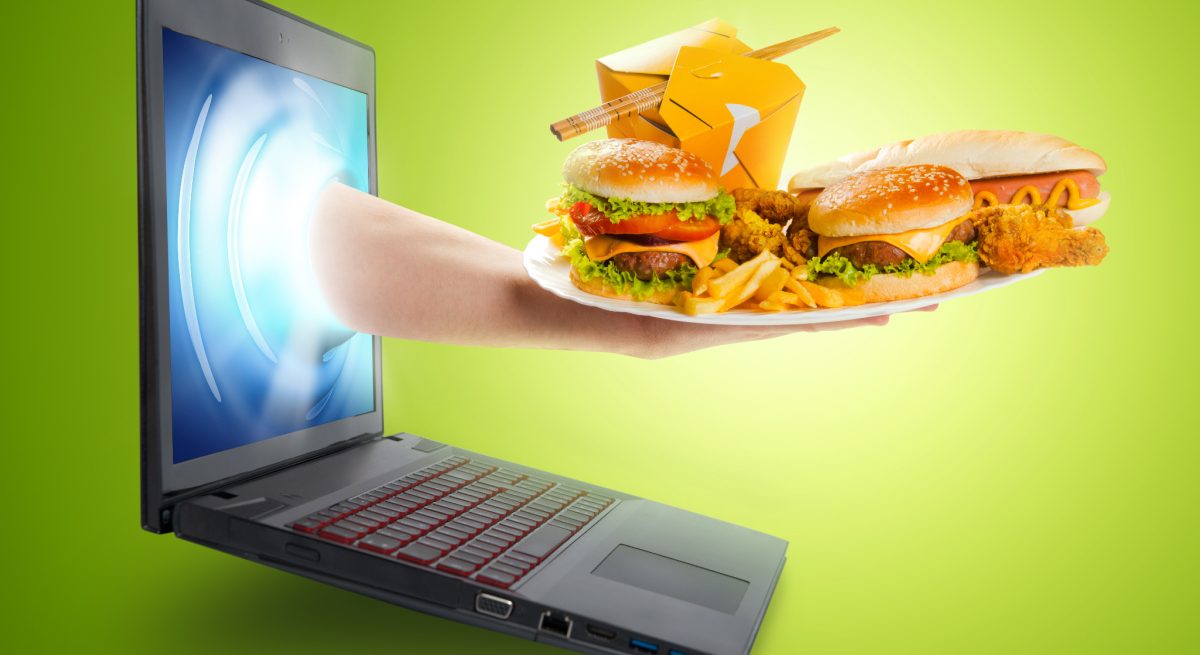Powering the Future of Restaurant Brands with Virtual Concepts
4 Min Read By Hope Neiman
Isn’t it amazing how much things can change in a year?
Take restaurant ordering, for example. Even before the pandemic effectively ended in-restaurant dining for some time, opening the window to innovation in foodservice by necessity, a digitally-driven transformation was already on. Concepts like the ghost kitchen were slowly but steadily carving out a niche utilizing third-party delivery platforms as a home base for delivery-only restaurant concepts.
And indeed, as the pandemic’s impact continued, the restaurant industry responded by rushing towards all manner of delivery, takeout, and all things powered by a digital demand generation ecosystem. Customers effectively stopped walking through the doors and started hitting the airwaves, searching for digital ordering platforms for food delivery and pick up in their area.
To accommodate, some brands launched standalone mobile ordering applications for the first time. Others built curbside pickup programs. Others still looked to the third-party delivery vendors to dually drive demand and delivery in an abruptly digital ecosystem. Everyone was doing what they could to quickly develop programs to stay in business.
Three things are clear: the digital advances we made aren’t receding into history as a footnote, …
Across the nation, millions of restaurant brands (and consumers) shifted online at once, expanding the digital ordering landscape exponentially in a matter of months. There were growing pains around third-party delivery fees, quality and consistency, the unknowable patchwork of local restrictions, county health directives, state laws, and federal guidelines. But in the end, we figured it out as an industry and as consumers, and we collectively leaned heavily into digital ordering tools to get there.
Now, as the vaccine rollout becomes more widespread and restaurant brands begin to assess their futures in a post-pandemic landscape, the question is simple: where are we headed from here? Will digital demand remain high in a post-pandemic economy? What will we be able to do with the digital platforms we deployed during the pandemic once things “go back to normal?” Will people keep ordering online for pickup and delivery, or will they return slowly but surely to in-person dining?
While the timeframe for a return to normal may be inching closer and closer, three things are clear: the digital advances we made aren’t receding into history as a footnote, the future of many restaurant brands will be tied to its virtual footprint, and that next wave digital footprint should be built for flexibility, as the future itself is an unpredictable thing.
One place where the digital future is wide open? Virtual concepts.
… the future of many restaurant brands will be tied to its virtual footprint …
Third-party delivery services proved in 2020 to enable broader and more creative foodservice models with their built-in demand generation capabilities. With millions of daily app users and delivery logistics built right in, third-party delivery platforms like Uber Eats and DoorDash served as a perfect partner testing ground for new, digital ideas. This was especially true for the consumers who were used to trying new restaurants, which no longer appeared in a brick-and-mortar way. Virtual-only concepts thrived in the space.
It’s not as if the digital ecosystem will disappear in a post-Covid world. In the months and years ahead, when digitally-savvy consumers continue to use apps to get their next meal even after the pandemic, it’s easy to imagine forward-thinking brands seeing the validation of a continuing digital marketplace and going even further than the ghost kitchens of 2020, pushing the virtual concept into uncharted territories.
Imagine, for example, a virtual restaurant concept built to deliver exclusively to guests wherever they are in New York’s Central Park. Imagine a virtual concept that delivers only to the downtown hotels, accepting orders from the kiosks they’ve contracted into hotel lobbies. Or imagine a delivery-only ghost-kitchen-powered version of a popular in-town restaurant brand, purpose-built to deliver to the suburbs in the months before a second location launch.
… and that next wave digital footprint should be built for flexibility, as the future itself is an unpredictable thing.
From first-time market entrants to big-name players, virtual concepts have primed the industry for a concept shift: what if we bend the very concept of the restaurant itself? What if we play at the margins of what a restaurant even is? What if you don’t need a restaurant to be a restaurant?
It’s an idea that pop-up artists have fiddled with for years, to varying degrees of local success. But as we advance into a more decidedly digital world post-Covid, perhaps the virtual concept increasingly floats in the mainstream.
Take LA’s ZEF BBQ, for example. What started as an Instagram barbecue pop-up in the far-flung Simi Valley is suddenly the hottest and hardest-to-score plate in the second-largest U.S. market. Thanks to a lethal combination of social media for buzz, timely media presence, word of mouth, and online ordering tools, the far-flung pop-up recently sold out for the day in 39 seconds.
When you remove location from the equation and layer in the need for digital sophistication, you’ve essentially leveled the playing field for the next generation of the restaurant; the one that doesn’t have a prime location but understands how to sell to an internet savvy customer base. If all it takes is a digital ordering tool and a hip Instagram page to pop off, then the rules of engagement in the restaurant industry have officially changed.


